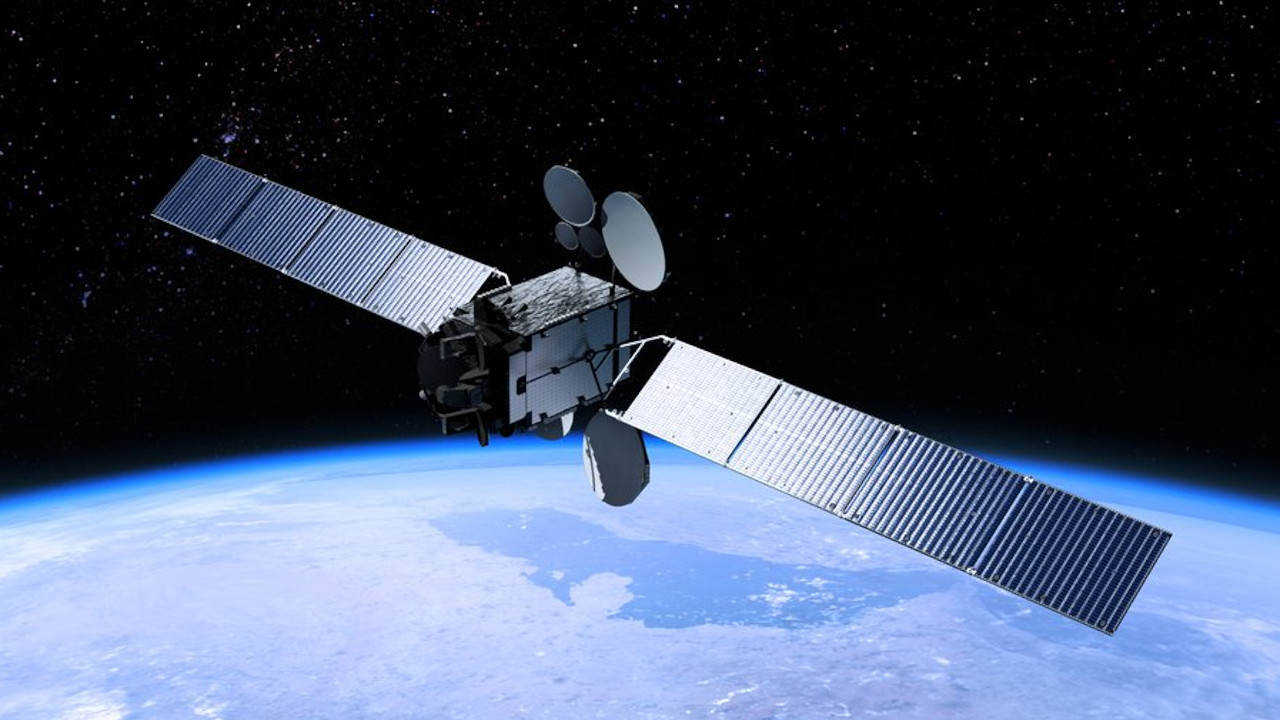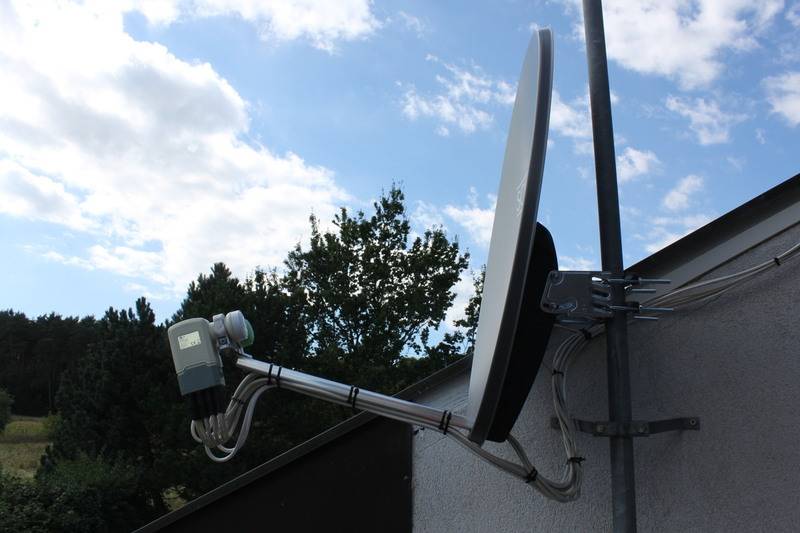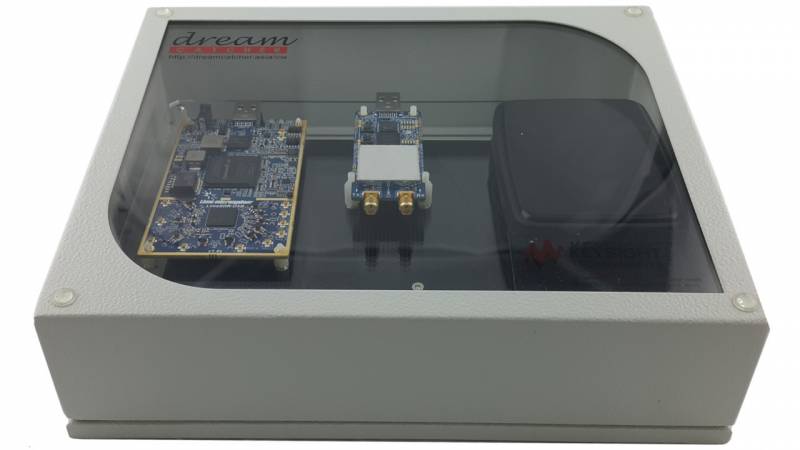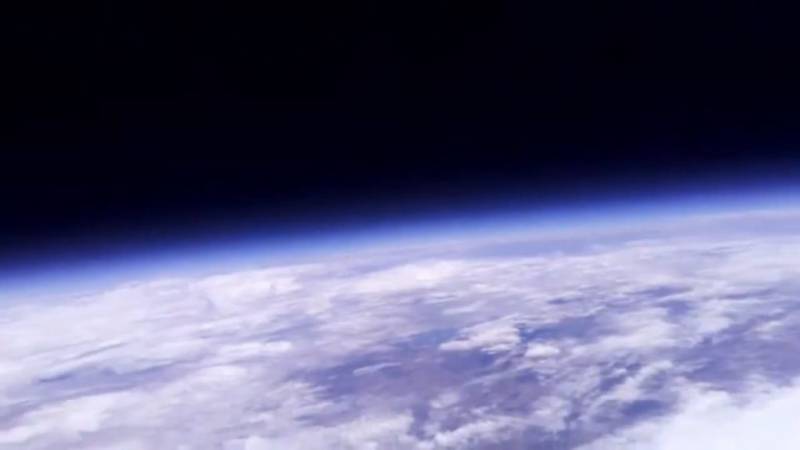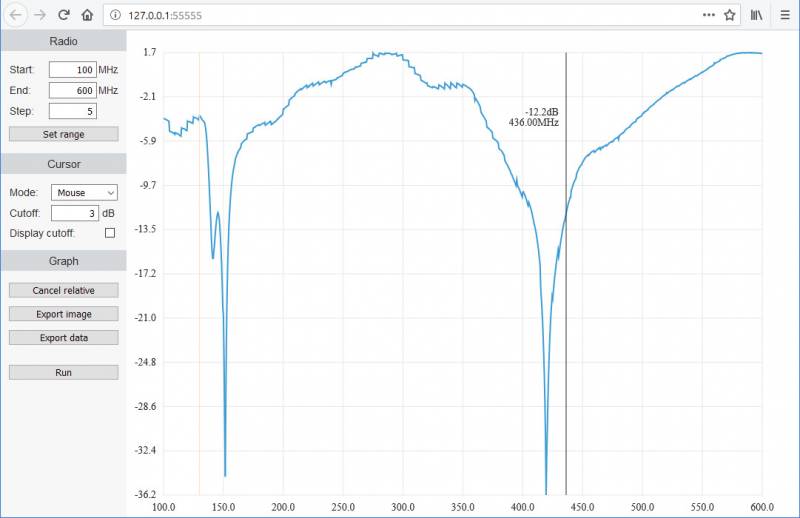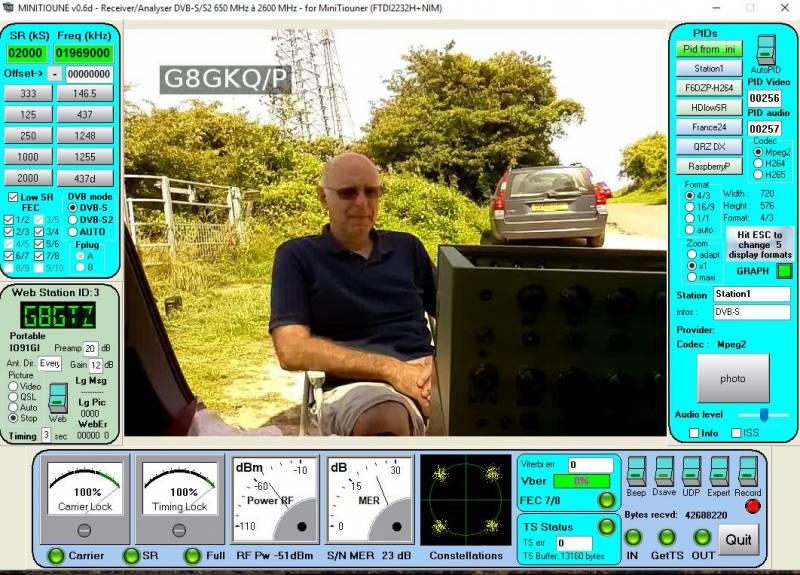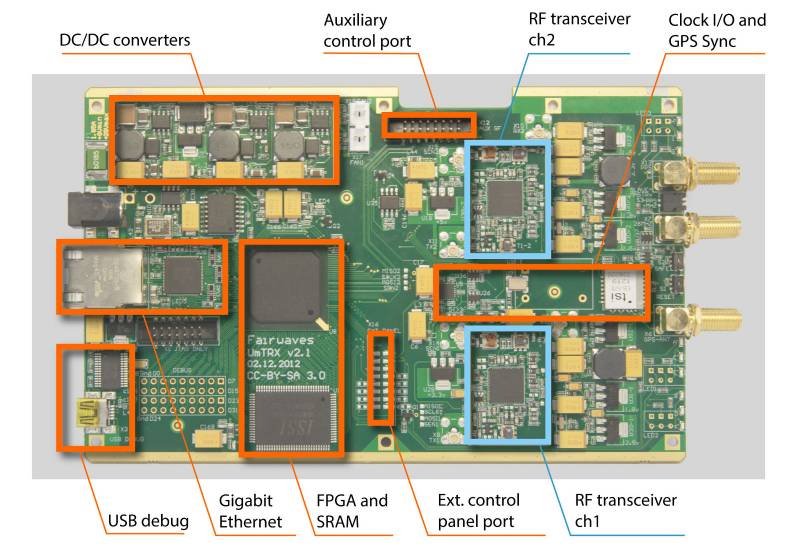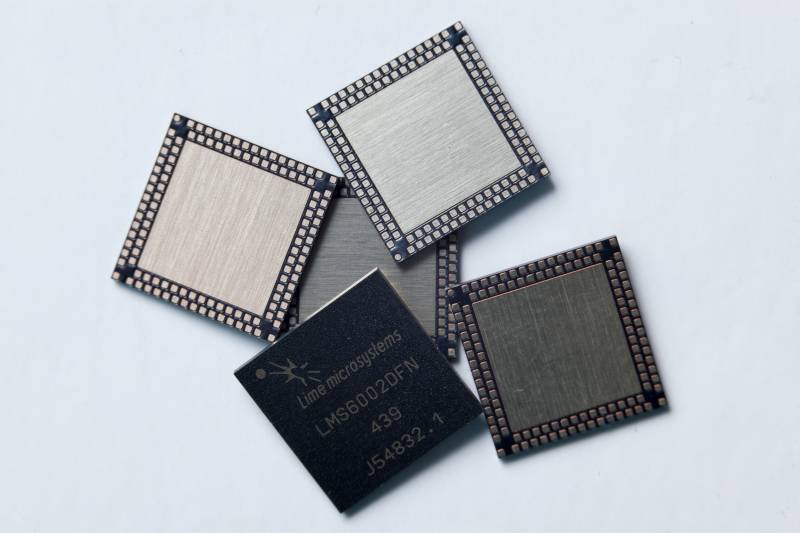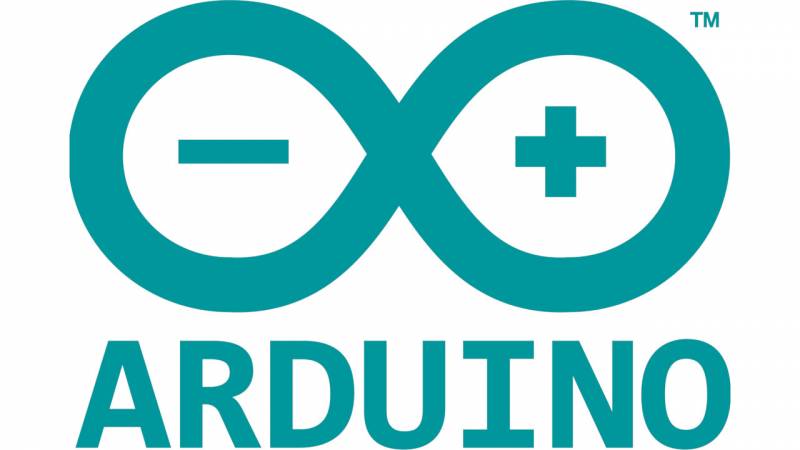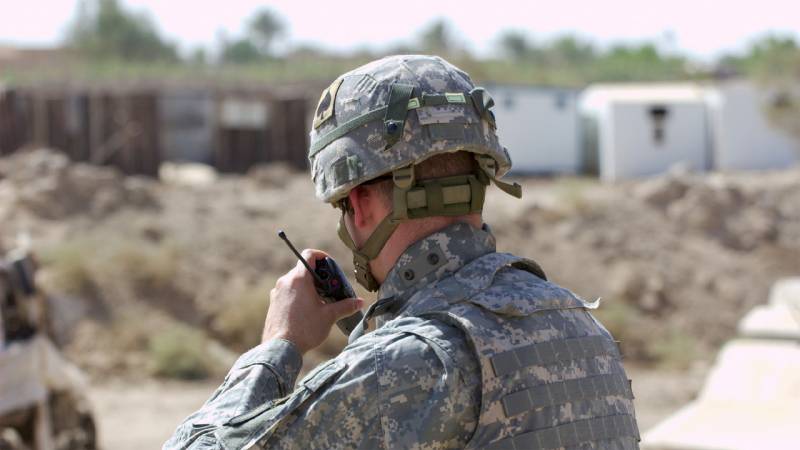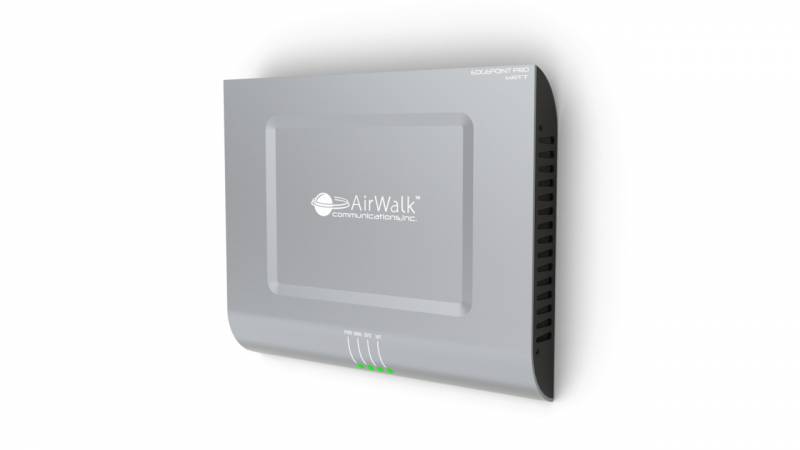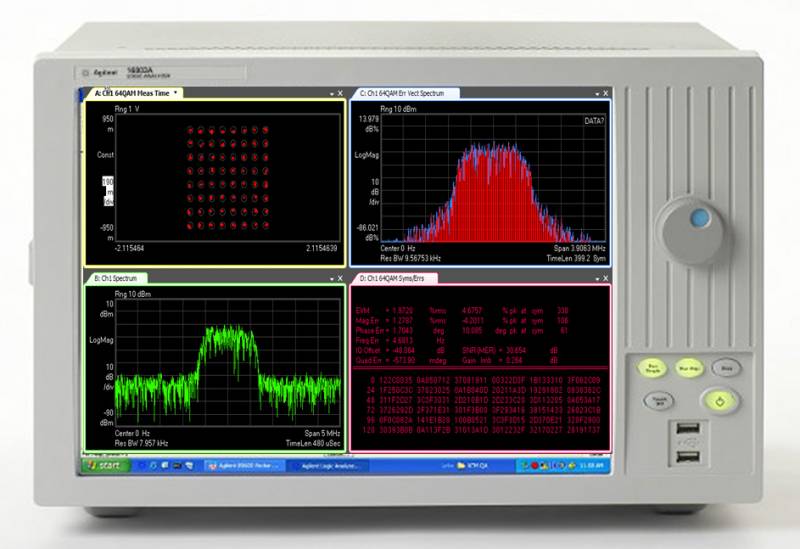Launched in November 2018 by Qatari communications company Es’hailSat on the back of a SpaceX Falcon 9 rocket, the Es’hail-2 satellite is special for one very important reason: it carries radio transponders designated for amateur use, offering a platform for amateur satellite communications experimentation – and it’s a platform the community has welcomed with open arms.
Positioned at 25.5 degrees East, the Es’hail-2 satellite – now designated QO-100 in its operational form – carries a range of hardware of interest to radio amateurs: a 2.4 GHz Phase 4 transponder, a 10.45 GHz Phase 4 transponder, a 250 kHz linear transponder, and an 8 MHz transponder designed for experimental digital modulation schemes and amateur Digital Video Broadcasting (DVB) signals. Although its orbital position means the satellite is accessible only in selected regions, it has been the subject of considerable experimentation – the bulk of which has been powered by Lime Microsystems’ open hardware LimeSDR software defined radios.
Experimentation over narrow band transponder #QO100 📡
Soft : SDR Console *beta* 3.0.7 with beacon locking
Ant: ↗80cm LNB PLL no mod ↘ 120cm patch
Hard : LimeSDR (0dBm) + LNA 50M-4G (14dBm) + EDUP Wifi PA (34dBm) + Kuhne PA (40dBm)
Now I have to look filtering…#hamradio pic.twitter.com/h7jCSP9An3— F5UII – Christian (@f5uii) April 6, 2019
QO-100: A World First for Amateur Radio
“QO-100 is a world first for the amateur radio community in that it is the first, and only at present, geostationary satellite available for use by amateurs,” explains John McCarthy, a member of the British Amateur Television Club who got into the hobby after passing his radio amateur exam in 1991. “One of the things about DATV [Digital Amateur TV] is that it tends to be used on bands which under normal circumstances don’t travel too far and, unless you’re lucky enough to have a local repeater or an active group in your area, mostly you will need to go portable to a local high spot to work any kind of distances.
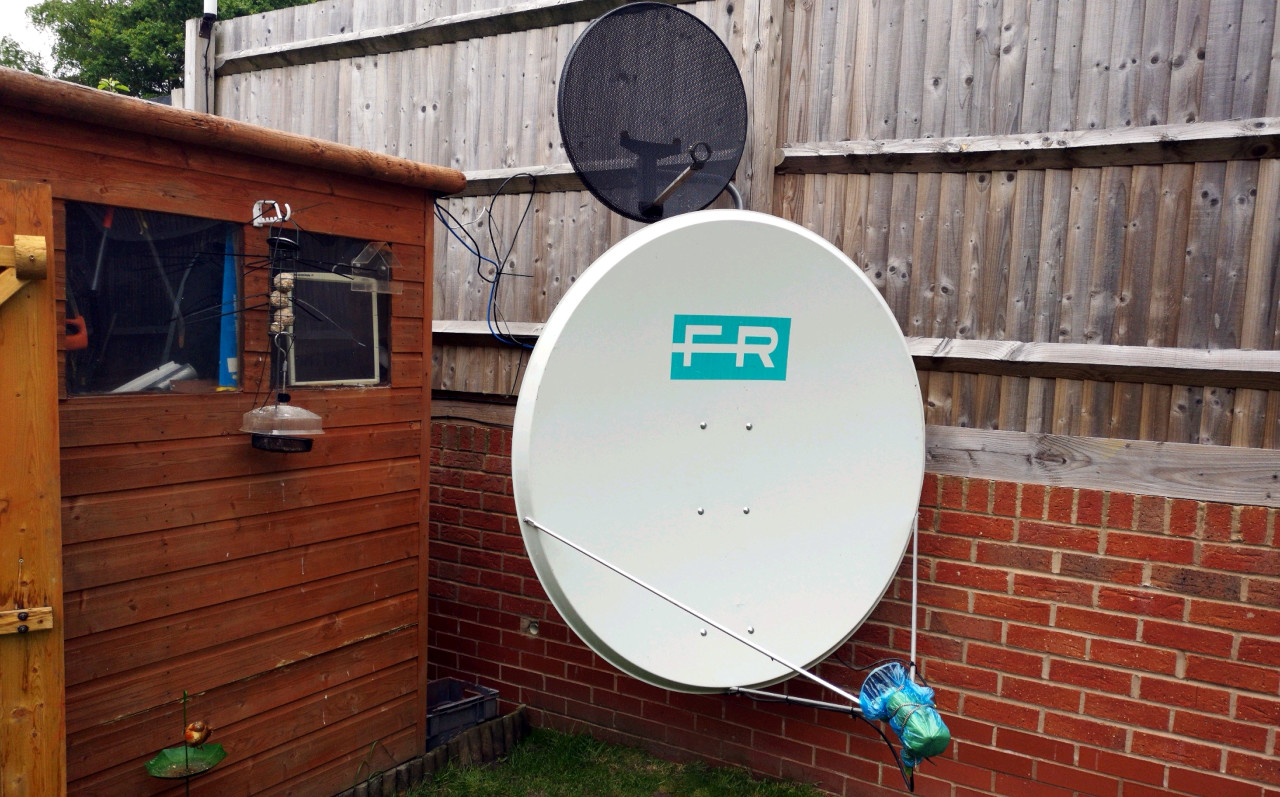
“What QO-100 has done is open up the possibility of working one third of the world from your back garden! With a moderate size satellite dish – I use a 1.2 m offset dish – and 30-40 W at 2.4 GHz, you are able to send video to QO-100. To receive, it couldn’t be any simpler: an industry standard PLL based LNB. Another thing QO-100 has done is to bring many developers together in one place where they can swap and develop new techniques, they can even test live via the satellite and see the results in real world situations. We are already able to send reasonable video at 35 ks, which occupies around 50 kHz of spectrum!”
Video transmission via QO-100 is achievable without spending a great deal of money, thanks to a software and hardware platform put together by the BATC and dubbed Portsdown – powered by Lime Micro’s low-cost but high-performance LimeSDR Mini. “The first reason for the LimeSDR Mini was it was the SDR of choice to go with the BATC’s Portsdown project,” McCarthy explains of his own use of the device, “but since owning one I have found it to have been a great choice as there is a myriad of other projects it can be used with including working the narrow band transponder on voice and data with SDRConsole or SDRangel. I think the big thing that has helped is that the LimeSDR is open source.”
Canon HDV camera -> HDMI-> LKV373A -> H264 HD 12Mbits ->Jeston Nano transcoding H264/H265 low bitrate -> UDP -> @DL9OBU 500Ks DVBS2 LimeSDR modulator on Porstdown soft -> PA -> Dish Antenna -> QO-100 https://t.co/UrNzXtiJJC
— f5oeo (@F5OEOEvariste) April 21, 2019
A Low-Cost LimeSDR Ground Station
“The special thing about QO-100 is its geostationary orbit. This allows it to cover one third of the Earth surface and makes the satellite position fixed in the sky for an observer on ground. Thus, the satellite is available continuously and fixed antennas pointing to the satellite can be installed,” explains Daniel Estévez, a GNSS engineer by day and a satellite communications enthusiast who received his own amateur radio licence in 2014. “QO-100 is the first geostationary satellite carrying an amateur radio payload. In comparison, the remaining amateur satellites these days have low Earth orbits, so they cross the sky a few times per day. Each of these crossings lasts only 10 or 15 minutes, so the satellite is available for use from a particular location for a relatively limited time.
“What interests me most about it is the possibility to be directly engaged with space science and research in a really direct way. It is also a nice way to develop your skills and achieve long distance communications with relatively simple equipment. Hearing your own voice being relayed by a small CubeSat in low Earth orbit is always an amazing experience if you reflect about it.”
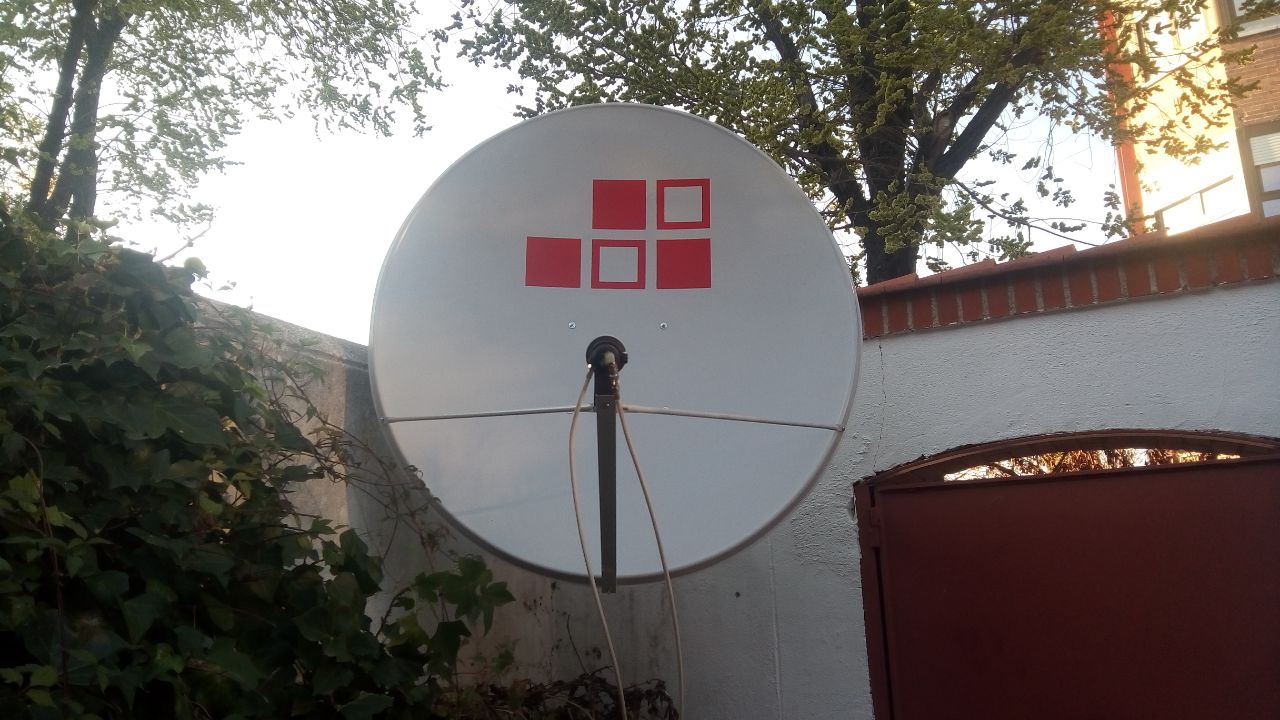
Like McCarthy, Estévez’ ground station is built around LimeSDR hardware. “The hardware I’m using to receive is: LNB modified to inject an external 27 MHz reference; 10 MHz GPSDO and 27 MHz PLL from DF9NP; LimeSDR USB; 1.2 m offset dish. To transmit: LimeSDR Mini; BeagleBone Black to control the LimeSDR Mini; GALI-84 driver amp from Minikits; 100 W amplifier; 24 dBi Wi-Fi grid parabola. All this equipment is installed in a weatherproof box in my garden and controlled by Ethernet from my local LAN.
“The LimeSDR features that I find important for reception are the ability to use an external reference and the large bandwidth. For transmission I find important the ability to transmit on 2.4 GHz directly, as well as the relatively low price. Also, the ability to work full-duplex and synchronised with a single unit will be important in some ranging experiments I’m planning.
“The software I’m currently using is: Limetool, by F5OEO (running in the BeagleBone Black, to send samples to the LimeSDR Mini; GNU Radio; linrad, by SM5BSZ; leandvb (for decoding DVB-S2).”
First version of my QO-100 transmit station installed and working. Antenna is 24dBi WiFi grid parabola. Box contains a Beaglebone black, LimeSDR mini, GALI 84 driver and power supply. TX power is nearly 100mW. pic.twitter.com/55i22OGfCF
— Daniel Estévez (@ea4gpz) March 24, 2019
Stabilisation Experimentation
“The first experiment I was doing is a frequency stabilisation using one of the satellite beacons as a reference,” says Lucas Teske, who has also been using LimeSDR USB and LimeSDR Mini hardware for QO-100 communications. “Since its downlink works on Ku Band – which is a consumer grade band – the hardware usually doesn’t have a great stability. It doesn’t need to for Ku Band Television, but its required for QO-100. The beacon allows to software correct the hardware frequency drift since the beacon is a very stable frequency with a very well know frequency.

“The Software Stabiliser acts like an RTLTCP Server – so far, for compatibility with existing software – and receives the full spectrum of the QO-100 Narrow Band transponder, finds the BPSK Beacon and locks to it. Since the Beacon has a fixed frequency and its driven by very good signal reference, we can assume that they are stable and calculate the offset of where the beacon should be vs where we found it. This way we can real-time correct the drift that the cheap hardware used for QO-100 reception gives.
“LimeSDR can transmit in the expected uplink frequency for QO-100 – which is 2.4GHz – and has a nice reference onboard that makes it relatively stable in frequency aspects. Also it can RX at the same time, so you can see the spectrum while talking on QO-100. This allows you to adjust your TX Power in real-time and see if your setup is working correctly – without needing an internet connection.”
QO-100 Software Stabilizer using Beacon as reference. It is made in @golang using #SegDSP and will have rtl_tcp compatible output and @LimeSDR_org / @rtlsdrblog input! You can see the BPF Software Filter Drifting in yelow and the beacon locked in red. Coming soon! pic.twitter.com/HTwyOvgWFu
— Lucas Teske (@lucasteske) March 21, 2019
Talking Satcom via Satcom
Perhaps the best demonstration of what QO-100 has to offer came during the AMSAT-F Recontre Spatiale (Space Meeting) 2019, when lectures were transmitted live over QO-100’s amateur DVB transponder – using, again, LimeSDR hardware.
“The chain was: a PC running Vmix (video mixer) to NDI [Network Device Interface] (over Ethernet) to a PC modulator. On the PC modulator: NDI to ffmpeg H.264 encoder to lime_dvb to a LimeSDR Mini to DVB-S2,” Evariste Courjaud, who was responsible for setting up the transmission side of the project using software from the open-source limesdr_toolbox. “Then the power amplifier: DVB-S2 to a preamplifier to a 150W 2.4 GHz PA to a 1.4 metre dish.”
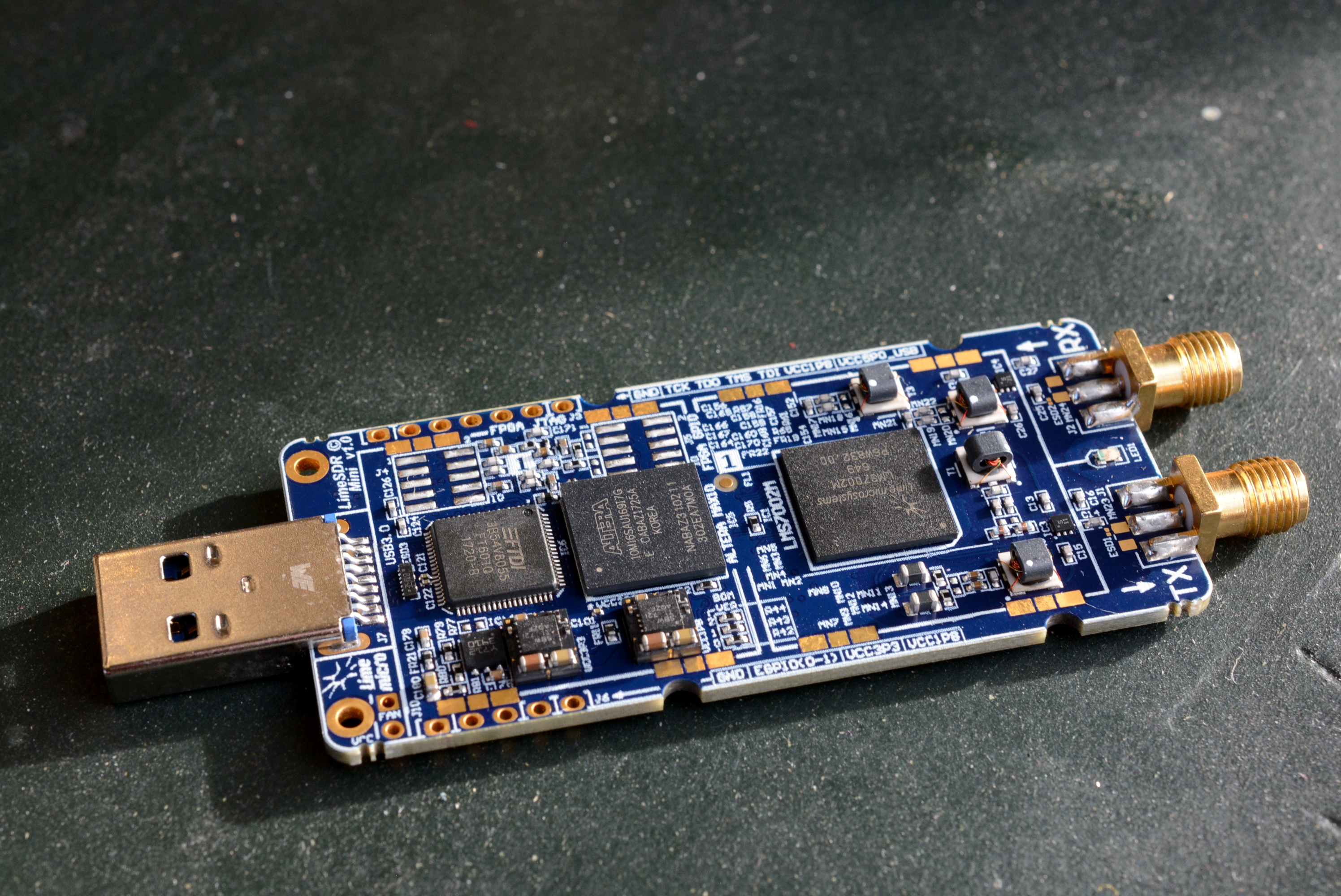
“I heard about the broadcast on Twitter, probably a retweet of the announcement by AMSAT-F,” adds Estévez, who was one of those amateur satellite communications enthusiasts who tuned in to the signal. “I tuned to most of the talks on Sunday, and I had them playing on the TV – using a cheap Chinese set-top-box that happens to be able to tune to the IF used for Es’hail-2 – while I was working in my shack. However, I don’t speak French. Knowing Spanish, I can understand a little, but not enough to follow a talk. So I had the talks at background to look at the slides every once in a while.”
After succeeding in receiving the signals live, Estévez turned his attentions to recording and decoding them offline using a LimeSDR and some open source software: “I used GNU Radio, together with gr-osmosdr and SoapySDR to get samples from the LimeSDR; leandvb to receive DVB-S2; VLC to play the video.”
Decoding @sylvain_azarian talk at @amsatf conference through QO-100 using leandvb (non real time). 10494.5MHz DVB-S2 1Msps QPSK 1/2. Using a 1.2m dish and LimeSDR at 3Msps. MER is around 6.5dB. pic.twitter.com/AZTXXr4fNd
— Daniel Estévez (@ea4gpz) March 10, 2019
Getting Started
Anyone involved in amateur radio is typically more than happy to guide newcomers into the hobby. “I think the first tip is usual for any Satellite RX/TX,” says Teske. “Be patient and don’t rush the stuff. Although is relatively easy to RX or TX to QO-100, it requires some care to not degrade the experience of everyone using the satellite. Cheap hardware usually have frequency drifts (for both TX/RX) and specially on the Narrow Band Transponder they are significant. That doesn’t mean you need to go to expensive hardware, you just need to know the limitations of what you have and see what you can do about it. Test everything in the ground before pointing up to the satellite, see if everything is inside the expected parameters and then you point to the satellite.
“Try to receive first. After getting RX done correctly, then try TX. As for hardware, LimeSDR does great with a 4 W Wi-Fi amplifier on 2.4 GHz to TX, and for RX you can use basically any Ku Band LNB – it requires an external power injector, and I recommend using an attenuator between the LNB and the LimeSDR because the output power of a KU Band LNB can be higher than LimeSDR handles.”
Today I was able to do my first QO100 TX test: SDRAngel driving CW to a @LimeSDR_org (mini) into a Chinese 4W wifi PA using a simple 2.4GHz dipole and reflector as feed. 😁 @AMSATBR @luigifcruz pic.twitter.com/HOeAgGvS9m
— Demilson Quintao (@py2uep) March 11, 2019
“I would say that this is a great moment to start,” agrees Estévez. “While LEO amateur satellites have been available since many years ago and they can be accessed with something as simple as an FM handheld transceiver, QO-100 is also relatively easy to access and gives huge possibilities. I would advise someone who is interested in getting started with this to setup their own receive station. While QO-100 can be received through a WebSDR, and many people do this, it is simple and inexpensive to set up a receiver and it can also be used to receive many other (non-amateur) satellites in the Ku band. A transmit station can be built later with the lessons learned.”
McCarthy has advice, too, for those particularly interested in the amateur TV aspect of QO-100 experimentation. “Join the BATC and get onto the forum, and start asking those questions you have,” he says. “There is a real wealth of knowledge within the BATC and a real interest in getting others on air. I would also encourage you to log onto the wide band spectrum monitor and then look at getting on with receive only, as this is the easiest option first, with either with a MiniTioune or this software and a PLL LNB and dish. Transmit is not that much more difficult but a good power amplifier will be the stumbling point.”
First transmission into #qo100 NB transponder today. SDRAngel, LimeSDR mini, AD Eval-CN0417 and EDUP amplifier (unmodified). CW test messages sent. Thanks to YO6UO for the signal report via email. Used both a 15dBi Yagi and a tiny 2 element Yagi. Both antennas worked!! pic.twitter.com/nCtNlXsllP
— G1EUZ (@G1Euz) March 23, 2019
